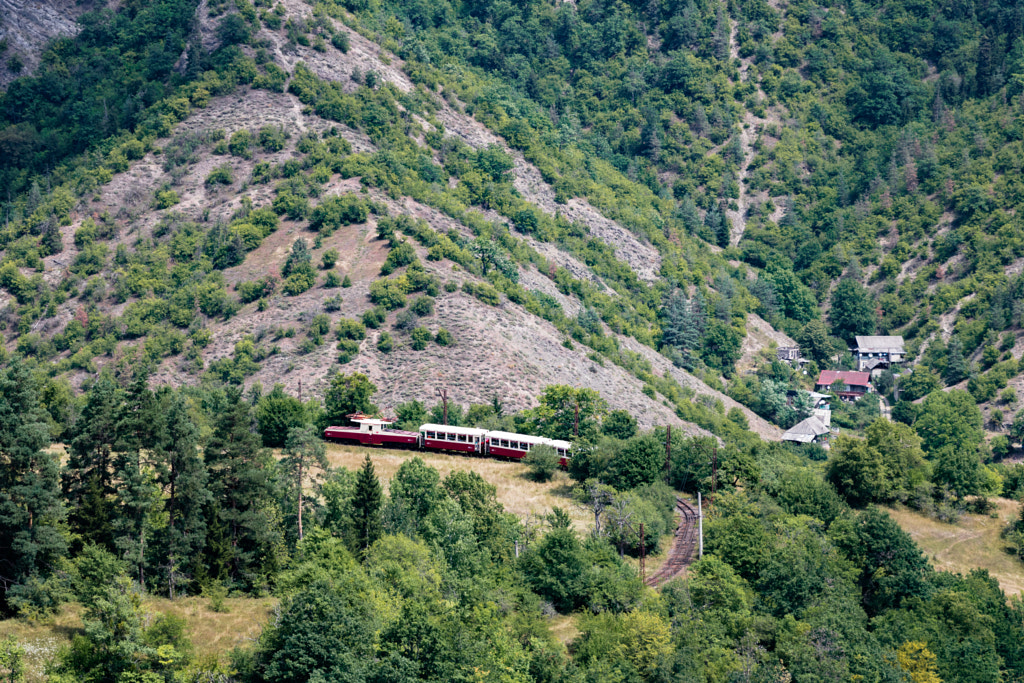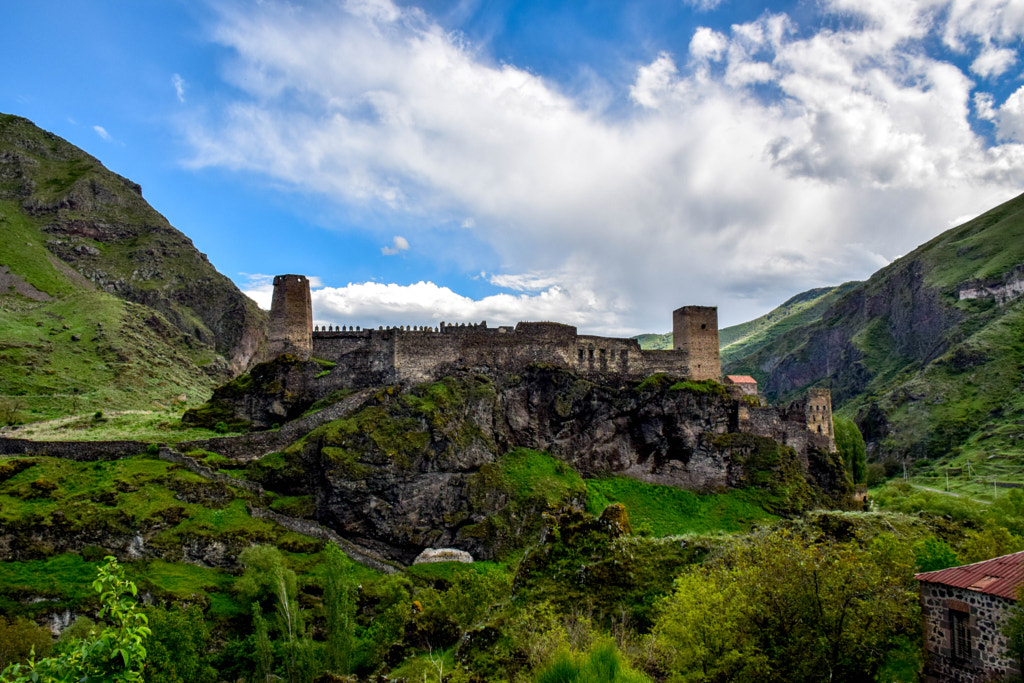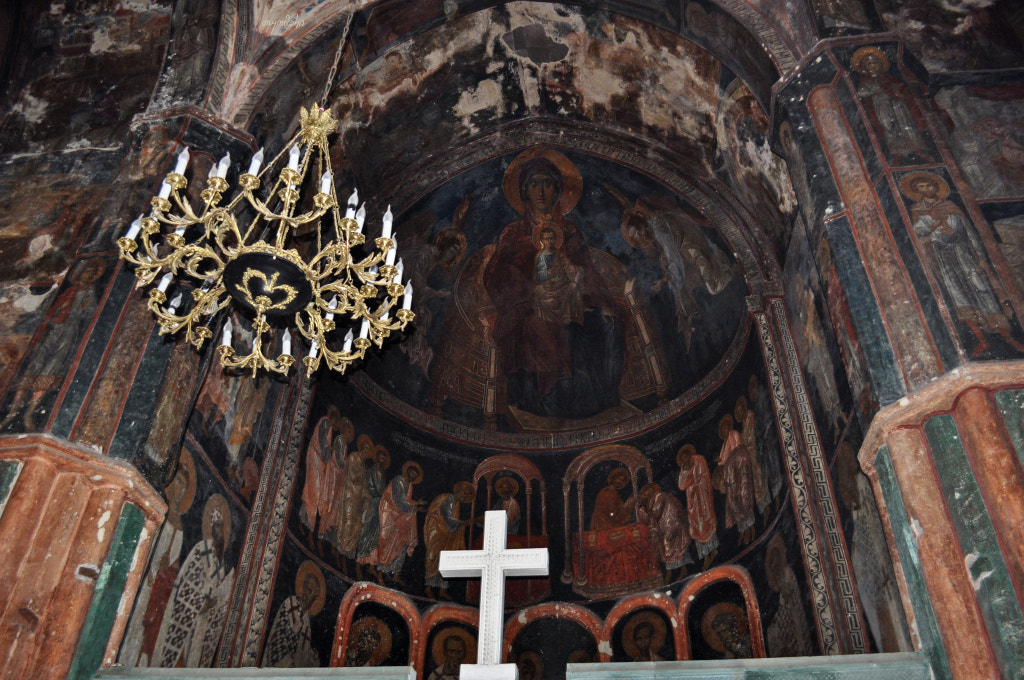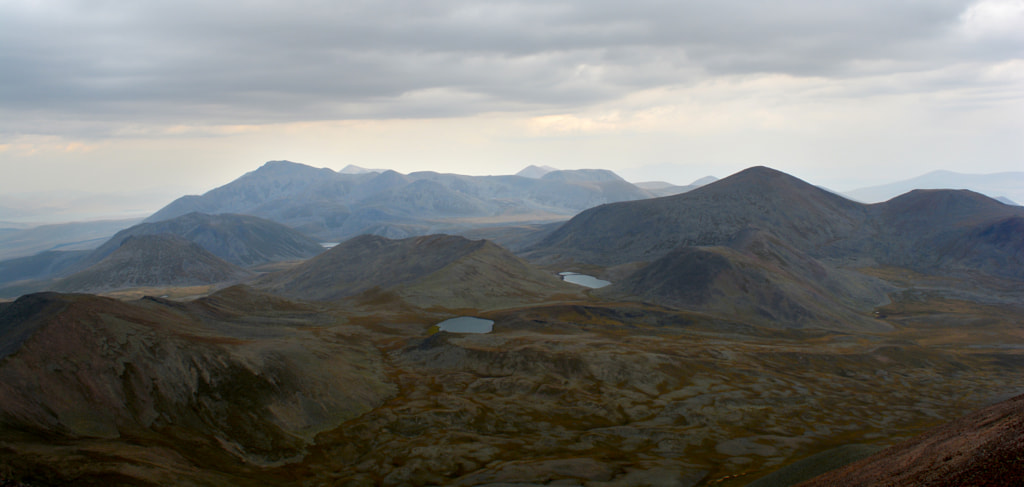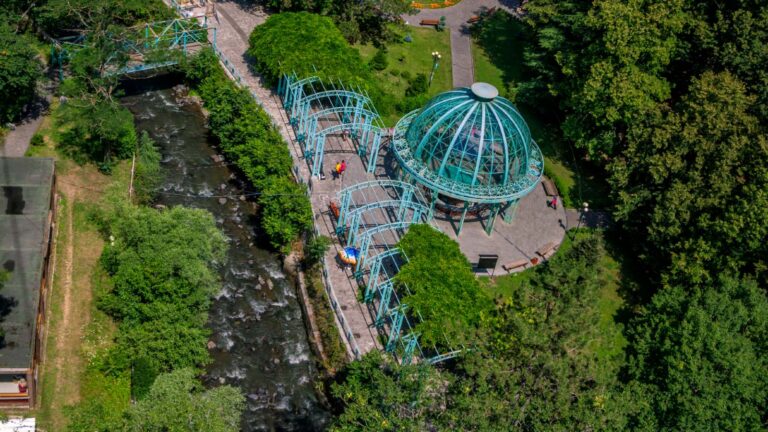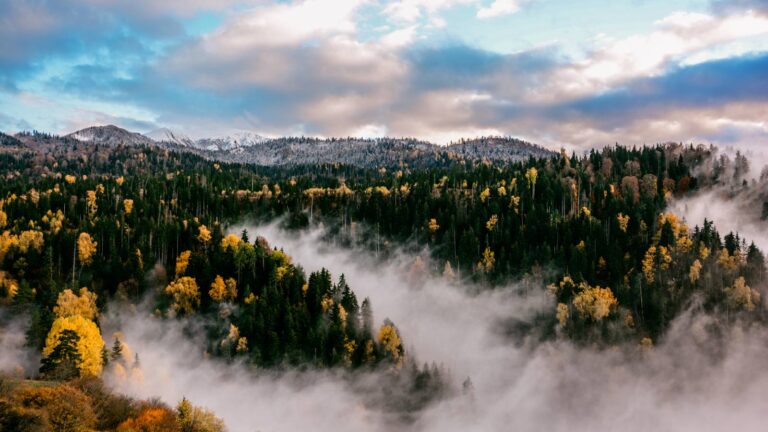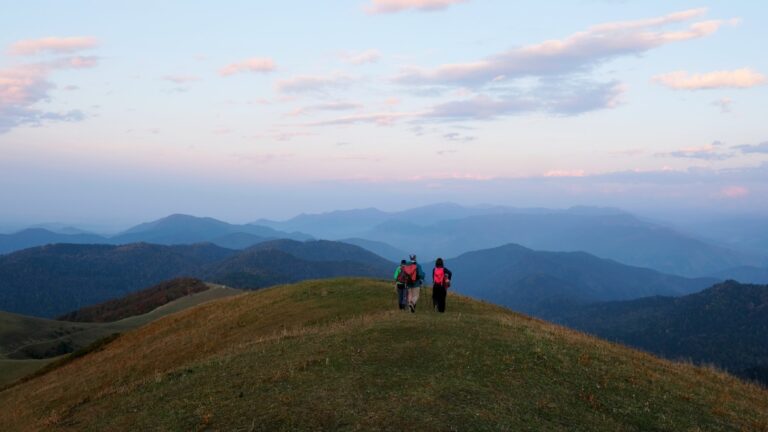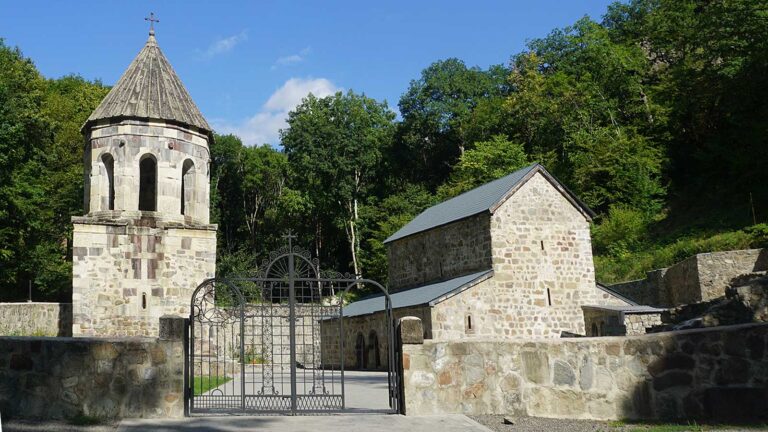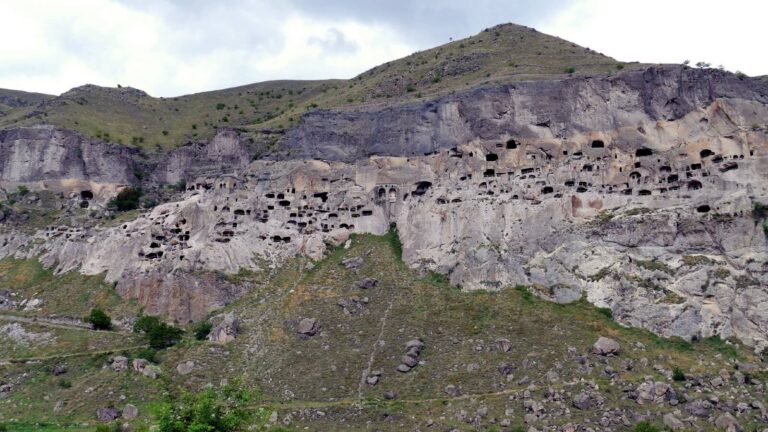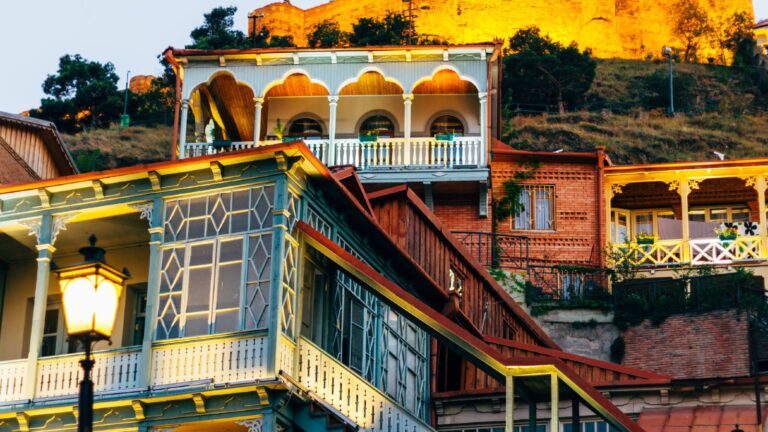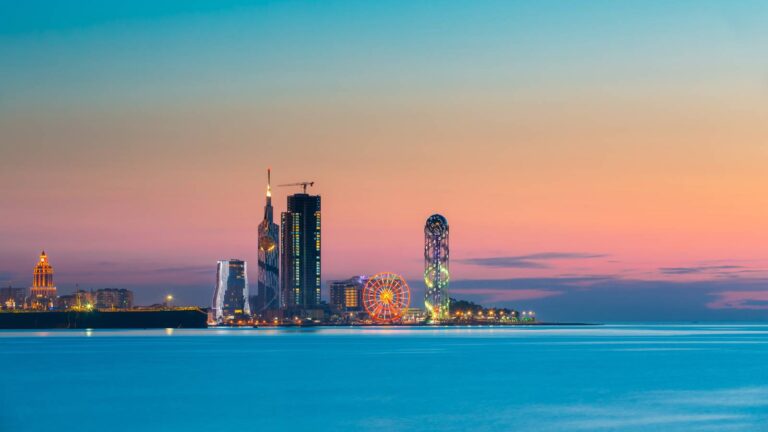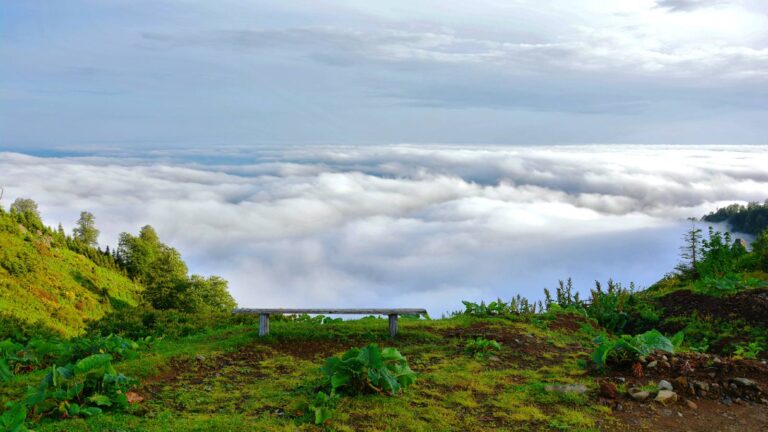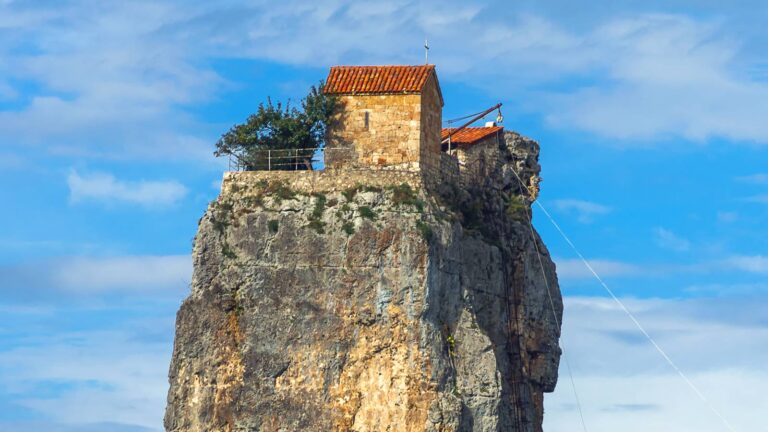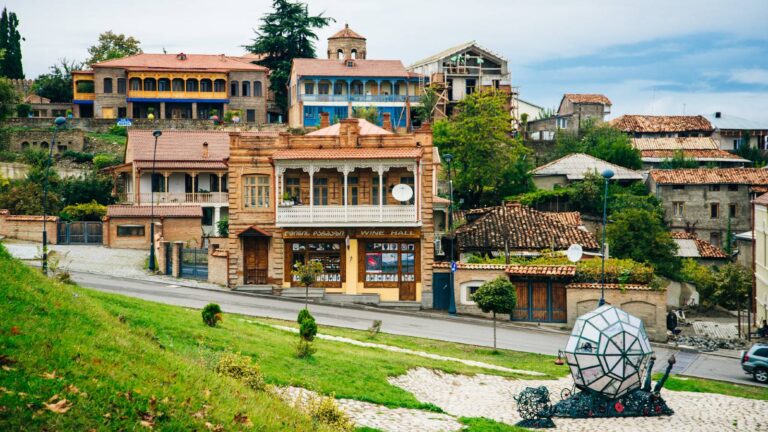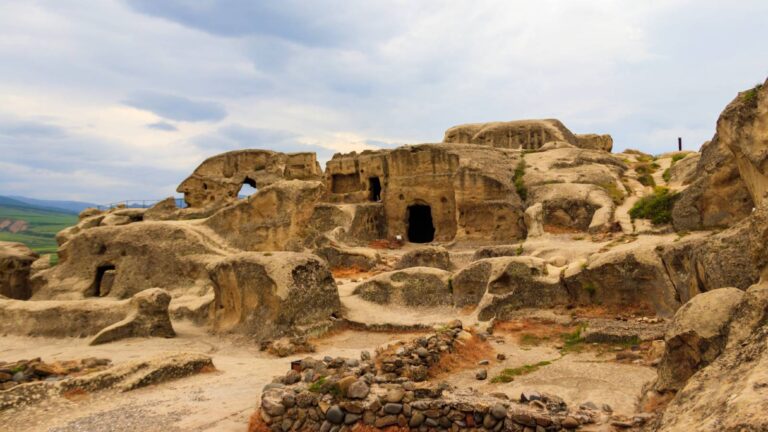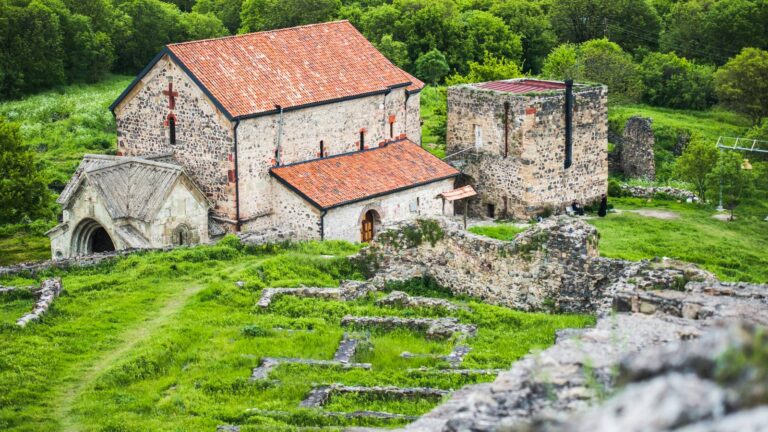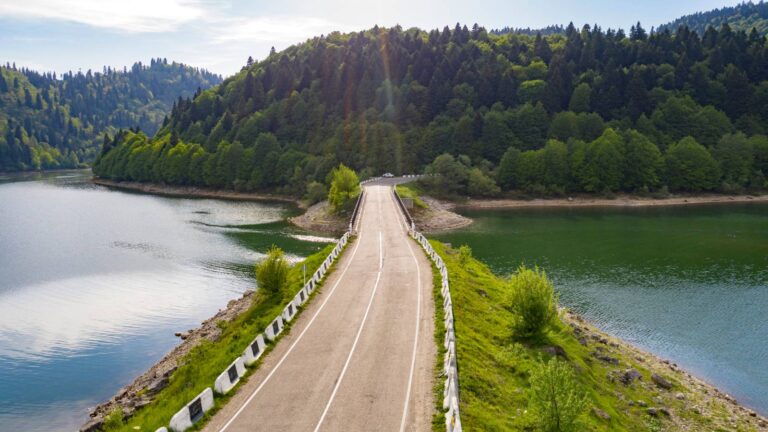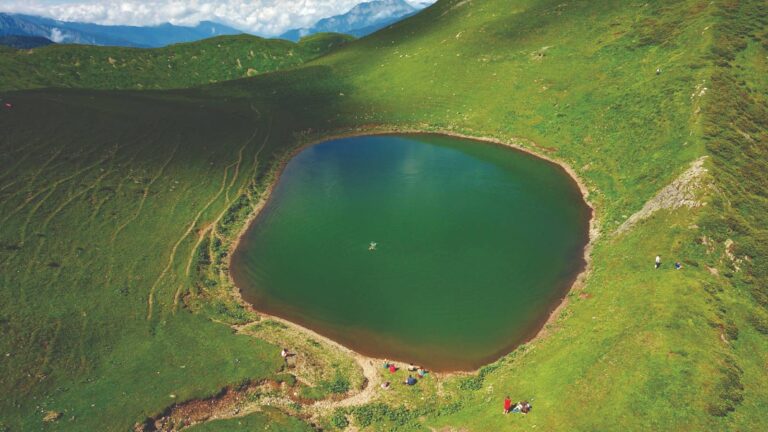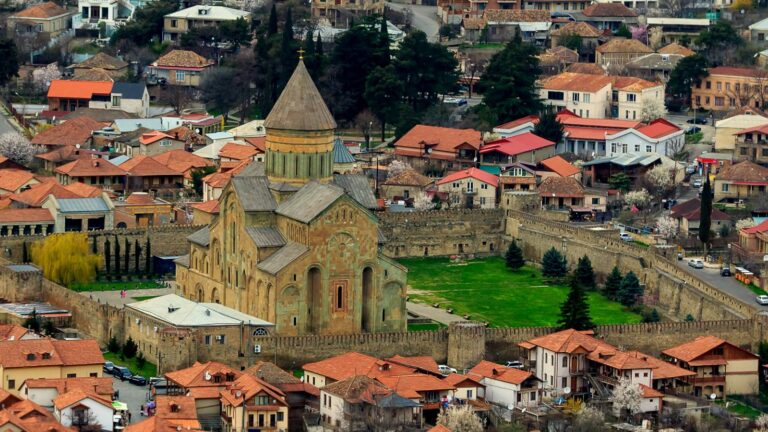By Bus
Minibusses run regularly to Samtskhe-Javakheti from Tbilisi: “Didube” Bus Station (4, Karaletistr); “Nige” Bus Station (4, Karaletistr).
Taxis can be hired from the city as well.
You can also take the train from Tbilisi’s Central Railway
By Train
The famous train, called “Kukushka,” is operating from Borjomi to Bakuriani. It’s offering an opportunity to enjoy the fascinating landscapes of Samtskhe-Javakheti.
Samtskhe-Javakheti, the so-called cradle of Georgian culture, is an ancient historical region of the country. Samtskhe-Javakheti is rich with cyclopean fortresses built by ancient civilizations, Christian monuments with unique architecture, and frescos.
Traveling to the homeland of Shota Rustaveli, exploring the magnificent fortresses brings life to the greatest Georgian poem, “The knight in panther’s skin.”
Meskheti is rich with various monuments. You can visit the beautiful lakes, enjoy the cool valleys, and the balneological resorts.
Samtskhe Javakheti is also a great getaway for birdwatchers. You can explore the obsidian, agate, coal mines or gaze at the stars from the Abastumani observatory.
Nature
- Borjomi-Kharagauli national Park
- Javakheti national park
- Paravani lake
- Saghamo lake
- Kartsakhi lake
- Khanchali lake
- Madatapi lake
- Levani lake
- Tabatskuri lake
- Kakhisi lake
- Tsero lake
- Mountain Didi Abuli
- Mountain Samsari
- Lomismta
Cultural monuments
- Abuli fortress
- Shaori fortress
- Vardzia
- Vanis Kvabebi
- Zarzma monastery
- Green Monastery
- Safara Monastery
- Chule Monastery
- Timotesubani Monastery
- Tmogvi fortress
- Khertvisi fortress
- Zanavi fortress
- Oqros Tsikhe fortress
- Rabati fortress
- Meskhuri halls
Samthskhe-Javakheti region combines two historical parts of Georgia: Meskheti and Javakheti.
The ancient tribes of Meskhi are credited with the invention of iron metallurgy. From the 2nd millennium to the 4th century BC, Meskheti was believed to be part of the Kingdom of Diauehi, in the 4th century BC to the 6th century AD part of the Kingdom of Iberia.
In 785 B.C., Javakheti was recorded as Zabakha by king Argishti I of Urartu.
From the 4th or 3rd century BC, the region was part of the Iberian duchy of Tsunda.
Samtskhe-Javakheti is an essential region of Georgia. The country’s Christianization is linked to this place, as Saint Nino entered Iberia from right here.
Samtskhe-Javakheti’s location at the crossroads of three civilizations contributed to the intense development of relations between the ancient cultures of Georgia, Asia Minor, and the Middle East.
Archaeological remains show that the area was particularly advanced by the Bronze Age and developed further through the medieval period.
Nowadays, many monuments are remained and telling their remarkable stories. No journey to Georgia is complete without visiting the magnificent places like Saro and Abuli castles, Akhaltsikhe fortress, Safara and Zarzma Monastery complexes, Vardzia cave town, or the incredible mineral springs in Borjomi.
The region is mountainous, volcanic, traversed by ravines, springs, lakes, and large and fast-moving rivers. This diverse landscape provides a perfect cultivation area for producing some of Georgia’s most famous and best-known traditional foods and cheeses. In many villages, locals make unique cheese. Poka Monastery is popular with making the incredible 18 different cheese types, including the famous blue cheese.
Gastronomy
Due to the region’s special wheat, a unique type of delicious Georgian bread, “Meskhuri Puri” is baked. Thousands of baking and cheese-producing years resulted in a perfect taste trip that you can try in the many guesthouses and restaurants throughout the region.
Samtskhe-Javakheti is located in the south of Georgia. It borders Imereti and Kartli on the north, Turkey on the south, Adjara and Guria on the west.
The region comprises 6 municipalities: Akhaltsikhe, Adigeni, Aspindza, Akhalkalaki, Borjomi, and Ninotsminda. There are many volcanos forms of relief in Samtskhe-Javakheti, including Javakheti and Samsari ridges.
The region’s landscape and climate are diverse: mountainous terrain, several plateaus of volcanic origin, alpine and sub-alpine vegetation, numerous valleys and rivers, large and small lakes and swamps.
The terrain reaches its maximum height at Samsari ridge, and Mount Didi Abuli is 3305 m. The main river of the region Mtkvari, with tributaries Pkhovistskali and Paravnistkali. Javakheti is very rich in lakes. The largest lake Paravani is situated here.
In the region, the summers are cool (+15 + 20 ℃), with little precipitation and cloudiness, with not much rain. The winters are cold and snowy. In Javakheti, snow cover reaches 40-50 cm in the highlands. The absolute minimum temperature is 40 degrees Celsius on Kartsakhi Lake.
Samthskhe-Javakheti region is highly dependent on Tourism. The major tourist attractions include the cave monasteries of Vardzia, Vanis Kvabebi, Rabati Castle, and Khertvisi Fortress, Sapara Monastery, Tmogvi fortress, and Zarzma monastery.
The region offers the ski resort Bakuriani, famous for its fresh air and coniferous forests.
Famous mineral water, Borjomi, belongs to Samthskhe-Javakheti as well.
Akhaltsikhe is known for its agricultural products and strategic roads to Turkey and Armenia. That’s why trade is the leading business field developed in the region.
Samthskhe-Javakheti is also rich in the natural subsoil, obsidian, agate, and coal mines.

